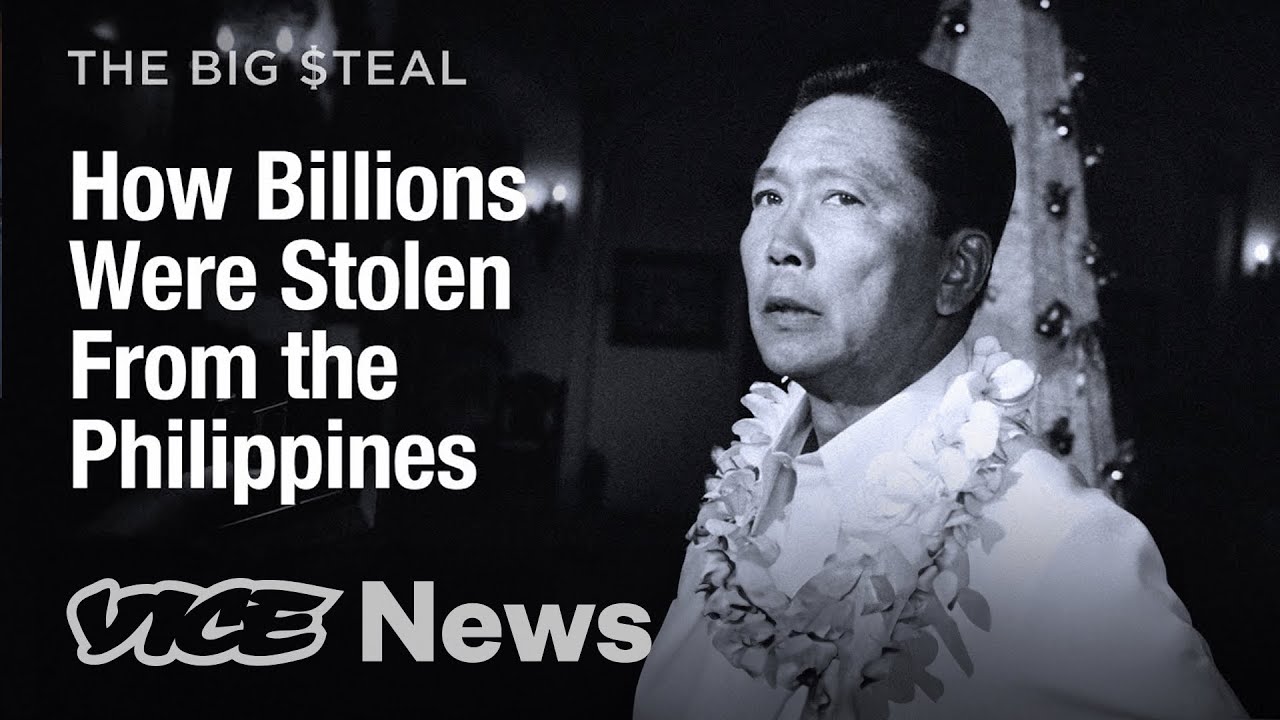Constitutional Authoritarianism and the 1987 Philippine Constitution
Summary
TLDRThis presentation explores the concept of constitutional authoritarianism during the presidency of Ferdinand Marcos in the Philippines. Marcos used the 1973 Constitution to maintain authoritarian rule, bypassing limits on presidential terms and consolidating power. He declared martial law in 1972, suspending civil liberties and dissolving Congress. The regime's control persisted until the 1986 People Power Revolution, which restored democracy. The 1987 Constitution, created after Marcos' fall, aimed to safeguard human rights, distribute power among government branches, and limit the executive’s ability to declare martial law.
Takeaways
- 📜 Ferdinand Marcos was first elected president of the Philippines in 1965 and re-elected in 1969, becoming a dominant political figure.
- ⚖️ Marcos used the 1935 Constitution's provisions to declare martial law in 1972, suspending civil liberties and dissolving Congress.
- 📝 The 1973 Constitution introduced a parliamentary-style government, but Marcos maintained control and extended his rule.
- 🚫 Despite claims of decentralization, Marcos retained power by manipulating key government positions and circumventing term limits.
- 🔫 The assassination of opposition leader Benigno Aquino in 1983 ignited public outrage, leading to increased protests against Marcos.
- 💥 Marcos' regime faced mounting opposition, a worsening economy, and international pressure, leading to his fall in the 1986 People Power Revolution.
- 🛡️ The 1987 Constitution, drafted after Marcos' fall, aimed to restore democracy and prevent future authoritarianism by limiting executive power.
- ⚔️ The new Constitution limited the president’s ability to declare martial law, requiring congressional approval after 60 days and Supreme Court review.
- 🏛️ It established a system of checks and balances, distributing power across the executive, legislative, and judicial branches.
- 💡 The 1987 Constitution marked a turning point in Filipino history, enshrining human rights protections and ensuring democratic governance.
Q & A
What is constitutional authoritarianism, and how did Ferdinand Marcos use it in the Philippines?
-Constitutional authoritarianism is when a leader or government uses the legal framework of a constitution to justify authoritarian rule. Ferdinand Marcos used the 1973 Constitution to maintain the appearance of democracy while consolidating his power and controlling the branches of government.
What events led to Ferdinand Marcos declaring martial law in the Philippines in 1972?
-Marcos declared martial law in 1972, citing growing insurgency and unrest across the country. Accusations of corruption and overspending also plagued his second term as president, leading to unrest and providing a pretext for martial law.
What powers did Ferdinand Marcos assume after declaring martial law?
-After declaring martial law, Marcos suspended civil liberties, dissolved Congress, and maintained absolute power, bypassing the two-term limit for the presidency. He used provisions in the 1935 Constitution to justify these actions.
How did the 1973 Constitution change the structure of the Philippine government?
-The 1973 Constitution established a parliamentary style of government where legislative power was vested in the National Assembly. However, in practice, Marcos retained control as commander-in-chief and manipulated key positions to ensure his dominance.
What role did the assassination of Benigno 'Ninoy' Aquino play in Marcos' downfall?
-The assassination of Benigno 'Ninoy' Aquino in 1983 sparked widespread public outrage and protests. It served as a catalyst for increased political mobilization against the Marcos regime, eventually leading to the People Power Revolution in 1986.
What was the People Power Revolution, and how did it impact Ferdinand Marcos' rule?
-The People Power Revolution was a peaceful uprising in 1986 fueled by millions of Filipinos protesting against Marcos' regime. It led to the fall of Marcos and the restoration of democracy in the Philippines.
How did the 1987 Constitution differ from the 1973 Constitution?
-The 1987 Constitution was drafted after the People Power Revolution to restore democracy. It introduced checks and balances across the executive, legislative, and judicial branches, protected human rights, and placed limits on presidential powers, including the declaration of martial law.
What limitations did the 1987 Constitution impose on the president's power to declare martial law?
-Under the 1987 Constitution, martial law could only last for a maximum of 60 days, after which Congress must either revoke or extend it. Additionally, the Supreme Court was given the power to review the legality of martial law declarations.
How did Ferdinand Marcos manipulate the ratification of the 1973 Constitution?
-Instead of allowing a public plebiscite to ratify the 1973 Constitution, Marcos used 'citizen assemblies' that were largely under his control. He claimed that the constitution had been ratified in 1973, securing his continued rule under a legal framework.
What legacy did Ferdinand Marcos' regime leave on the Philippines?
-Marcos' regime left a lasting legacy of corruption, human rights abuses, and constitutional manipulation. His rule demonstrated how legal frameworks could be exploited to establish and maintain autocratic control.
Outlines

このセクションは有料ユーザー限定です。 アクセスするには、アップグレードをお願いします。
今すぐアップグレードMindmap

このセクションは有料ユーザー限定です。 アクセスするには、アップグレードをお願いします。
今すぐアップグレードKeywords

このセクションは有料ユーザー限定です。 アクセスするには、アップグレードをお願いします。
今すぐアップグレードHighlights

このセクションは有料ユーザー限定です。 アクセスするには、アップグレードをお願いします。
今すぐアップグレードTranscripts

このセクションは有料ユーザー限定です。 アクセスするには、アップグレードをお願いします。
今すぐアップグレード関連動画をさらに表示

Lupa Sejarah?! Kisah Dinasti Marcos yang Kembali Menguasai Filipina

Philippine martial law Efforts to erase history in full swing

What Happened to the Billions That Former President Marcos Stole From the Philippines| The Big Steal

Revolusi EDSA, Aksi Damai yang Mampu Menjatuhkan Rezim Diktator Marcos di Filipina!

SINO SI FERDINAND MARCOS? | 10th PRESIDENT of the Republic of the Philippines

TAGLISH 21st Century Literature - MODULE 1 (Part 3) - Martial Law, EDSA, and 21st Century
5.0 / 5 (0 votes)
